In the final instalment of this six-part series we conclude our nine-week, 9,200-mile journey in Lucky Us, our Unity MB.
In Part I, we drifted west across the Great Plains. Part II saw us fly fishing in one of Canada’s beautiful rivers, and in Part III we marvelled at the Canadian Rockies. We enjoyed a satisfying sense of accomplishment as we arrived on Vancouver Island in Part IV, and in Part V we explored the Pacific coast and wondered what it was like for Lewis & Clark to do the same in 1805. Sadly, we watched parts of the Pacific Northwest go up in smoke as wildfires raged and smoke stung our eyes.
Now, though, it was late August. Snow would soon return, and it was time to head home.
Fly Fishing and Hemingway in Idaho
Thick smoke from the wildfires lingered as we turned east and headed out of California. In Oregon, we had planned to visit Crater Lake National Park, but unfortunately when we arrived at the road leading to the park entrance, the air was so thick with smoke that we couldn’t see 100 feet in front of us. So instead of stopping as planned we continued on, skirting the John Day River towards the map-dot town of Picabo, Idaho, for two days of fly fishing on the world-famous Silver Creek in The Nature Conservancy’s Silver Creek Preserve.
Picabo is little more than a combo fuel stop/fly shop/small restaurant, with a garden/hardware store across the street and a nice campground next door. There are several nearby camping options, including at least two locations to boondock alongside Silver Creek. We stopped in Picabo not only because we were finally far enough out of the range of the wildfire smoke to clear our eyes, but also because this world-famous creek flowing through the hills of Idaho was once a favorite haunt of one of my favorite authors, Ernest Hemingway. Silver Creek was preserved for future generations of anglers by The Nature Conservancy, originally with the support of Hemingway’s descendants. Today the organization works with area ranchers to protect the stream.
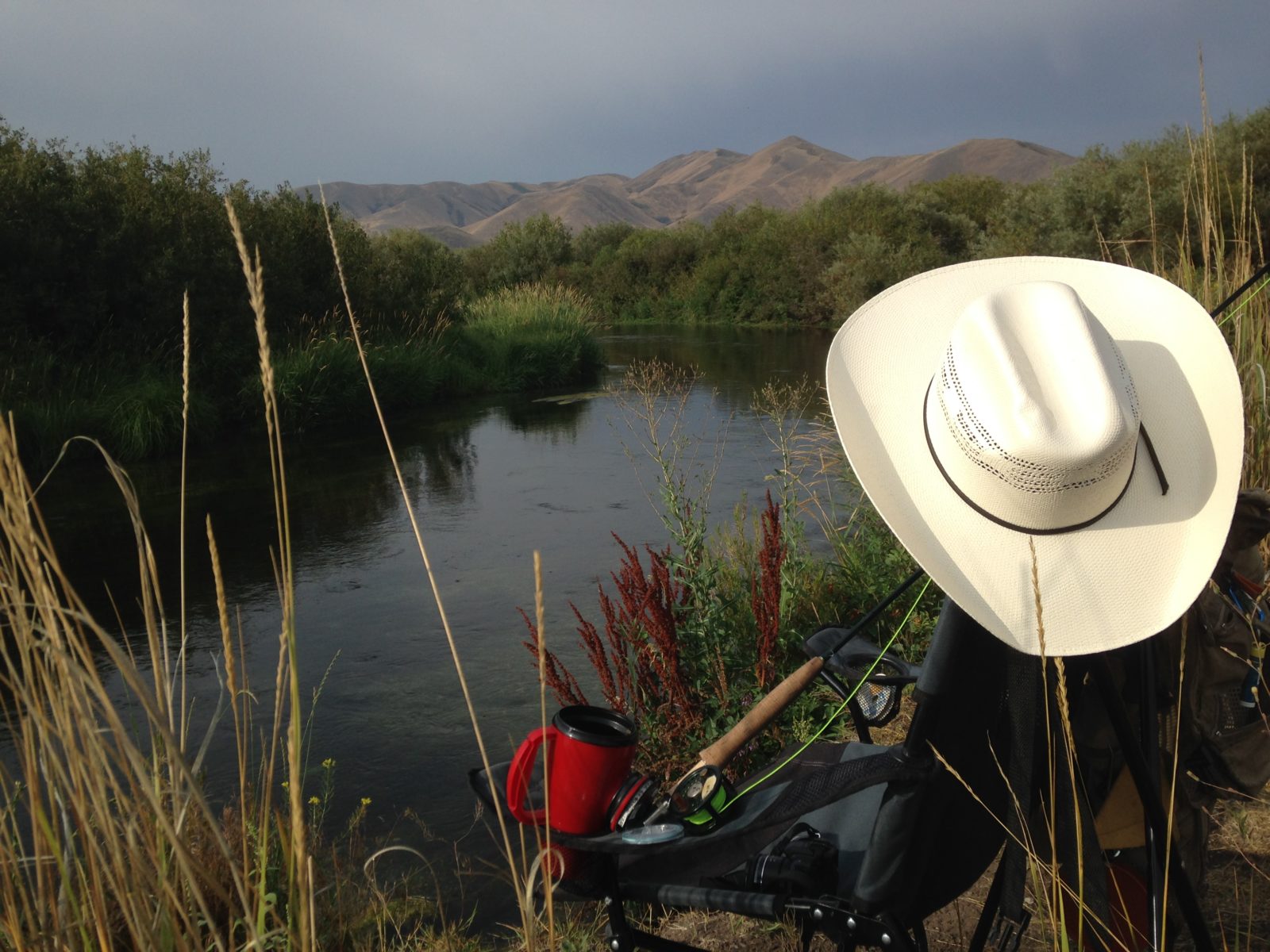
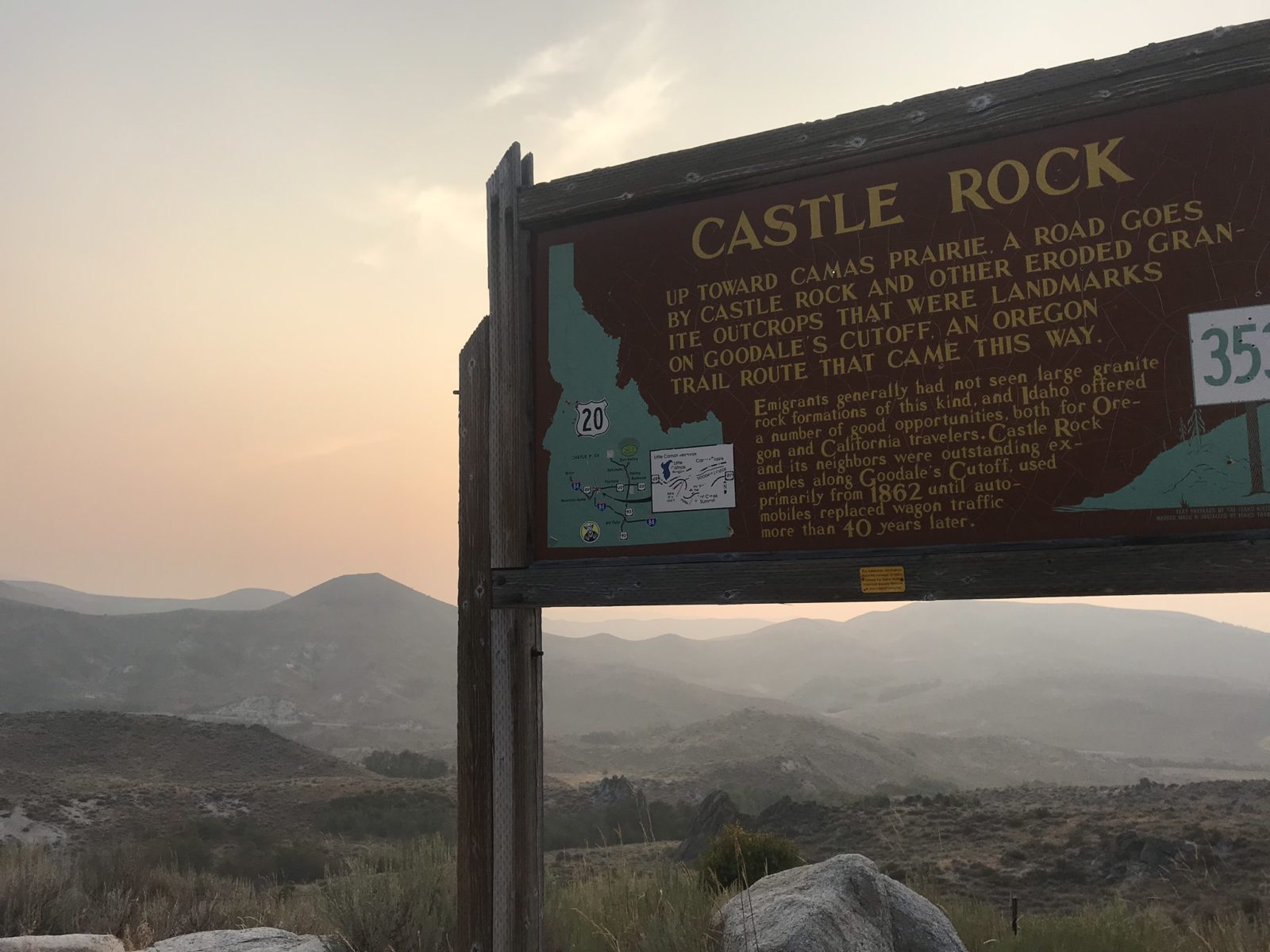
In Montana, I paid as much as $100 a day to fish a stream of this quality. Here, anglers simply sign a ledger, drop a donation in a box, and follow the foot trails through the brush. Silver Creek is cold, but in the late summer heat after a long walk through the grass in my waders, that cold was pretty refreshing.
Depending on the area you choose to fish, you’ll find small, medium, or very large trout. But no matter what spot you choose, you’ll find it a challenge to catch one of these leader-shy fish, a challenge which will help to make you a far better fly angler.
For the biggest fish, you’ll need a float tube to reach the pond. Anglers in waders can walk Silver Creek in places, but be wary of the silty bottom in some areas, which is not for the faint of heart (or short of stature). If you are a confident wader, you will be rewarded.
At the spot where the pond narrows and is crossed by a bridge, be sure to walk the path on the south side in order to read the stone marker commemorating Hemingway’s legacy here.
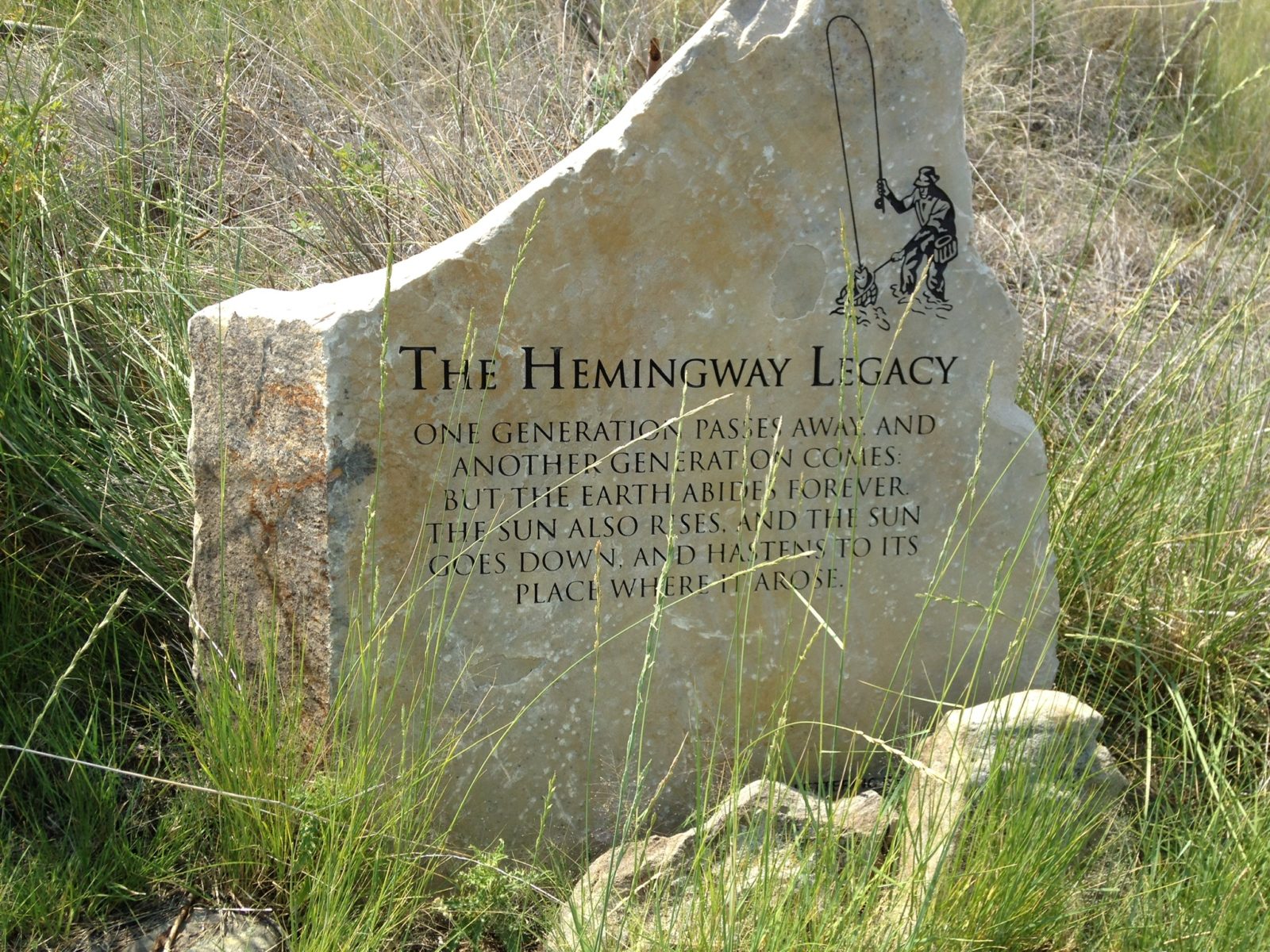
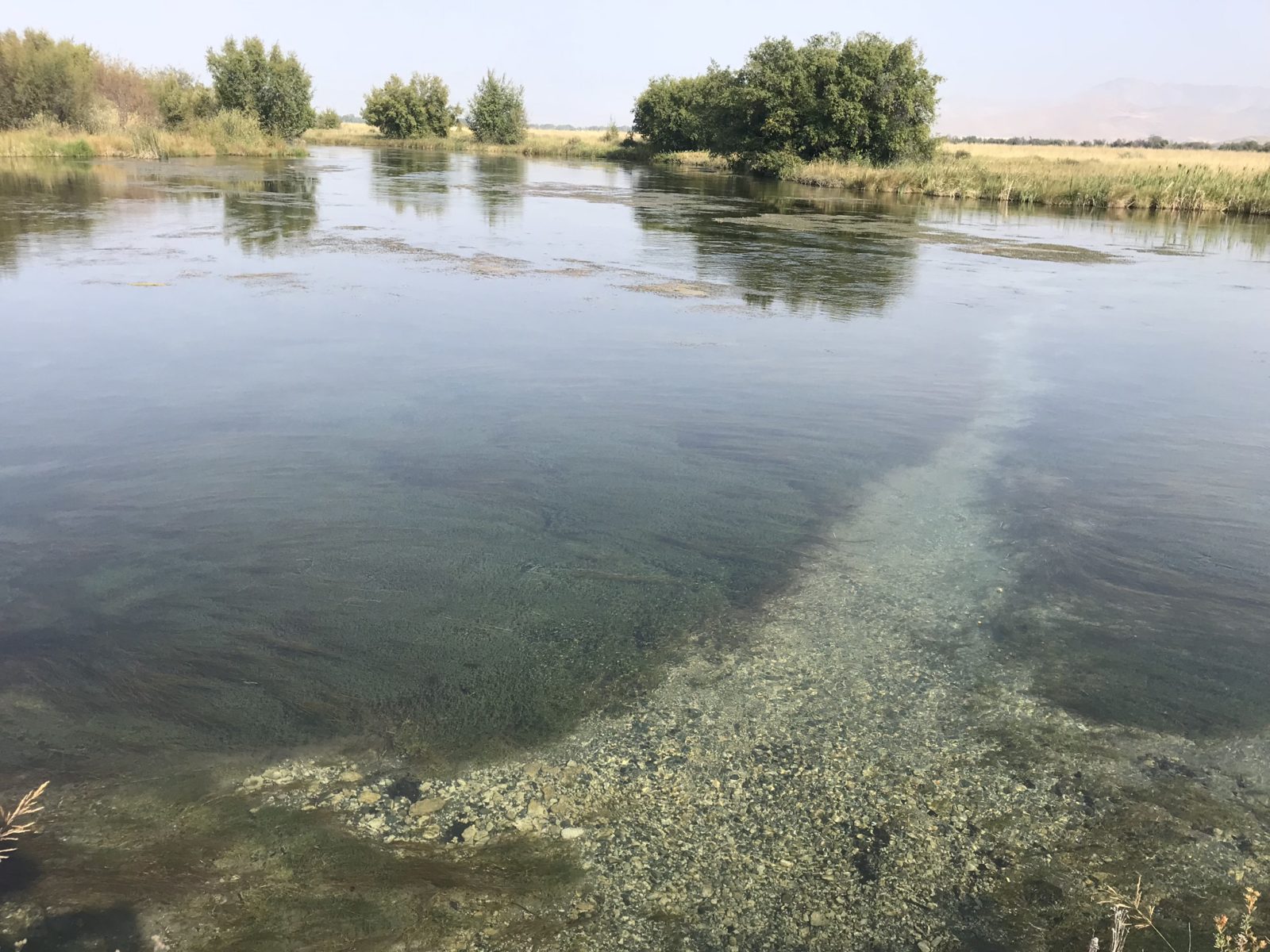
A few miles north in Ketchum, under a cluster of pines in the city cemetery, is Hemingway’s gravesite. Next to him (among other family members) is his son, Jack, who helped preserve Silver Creek.
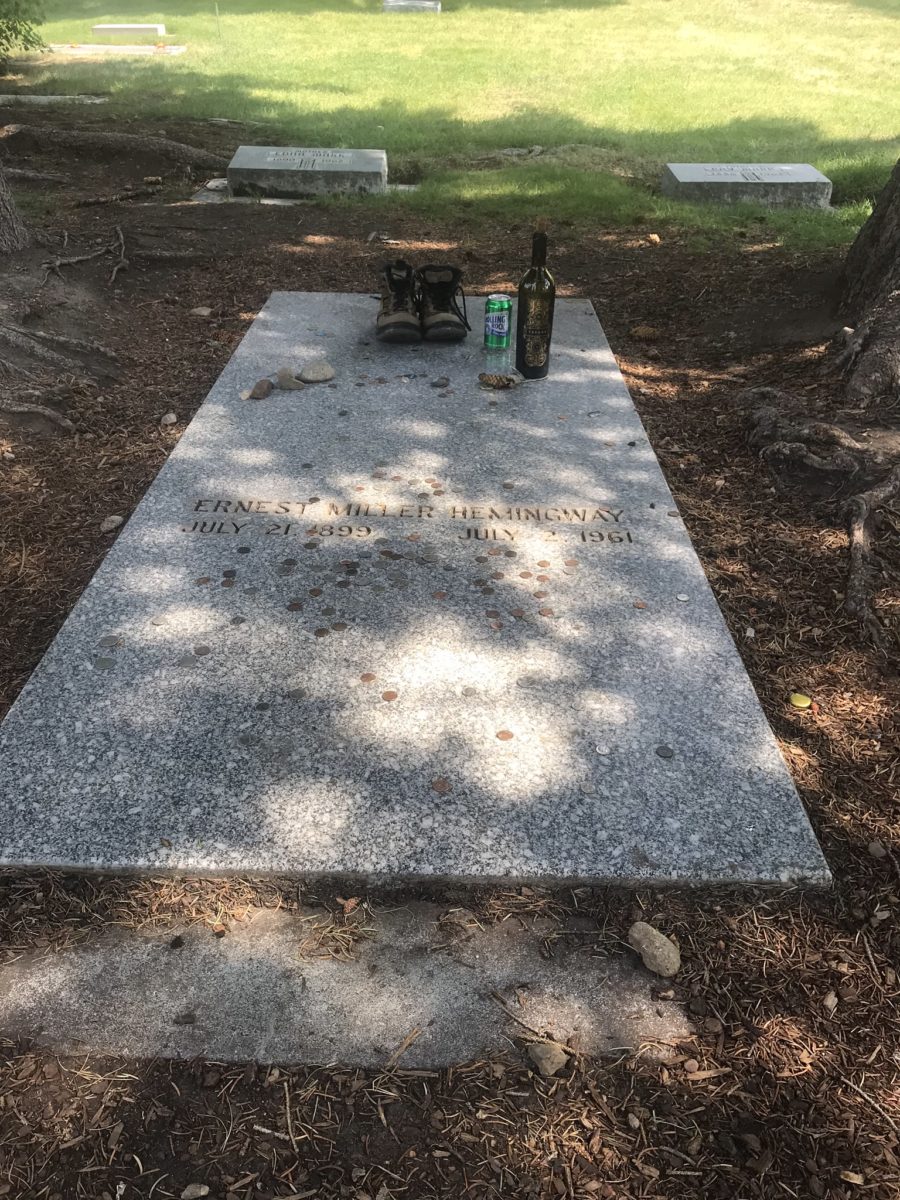
Nebraska, Where The West Begins
After two days near Silver Creek we hit the road again, first to visit Denise’s son in Denver and then on into Nebraska. If you have an itch to set out and discover the West, Nebraska is a good place to start.
It was in Nebraska that the buffalo indeed roamed – at least 50 million of them before Europeans came along. It was here that many of the first Americans made a life, both in earthen homes much like the first European settlers, as well as in teepees. It was here that more than a quarter-million emigrants creaked, rocked, and lurched over wagon-wheel-rutted routes with names like the Oregon Trail, the Mormon Trail, the California Trail, and Overland Trail on their way to futures in the West.
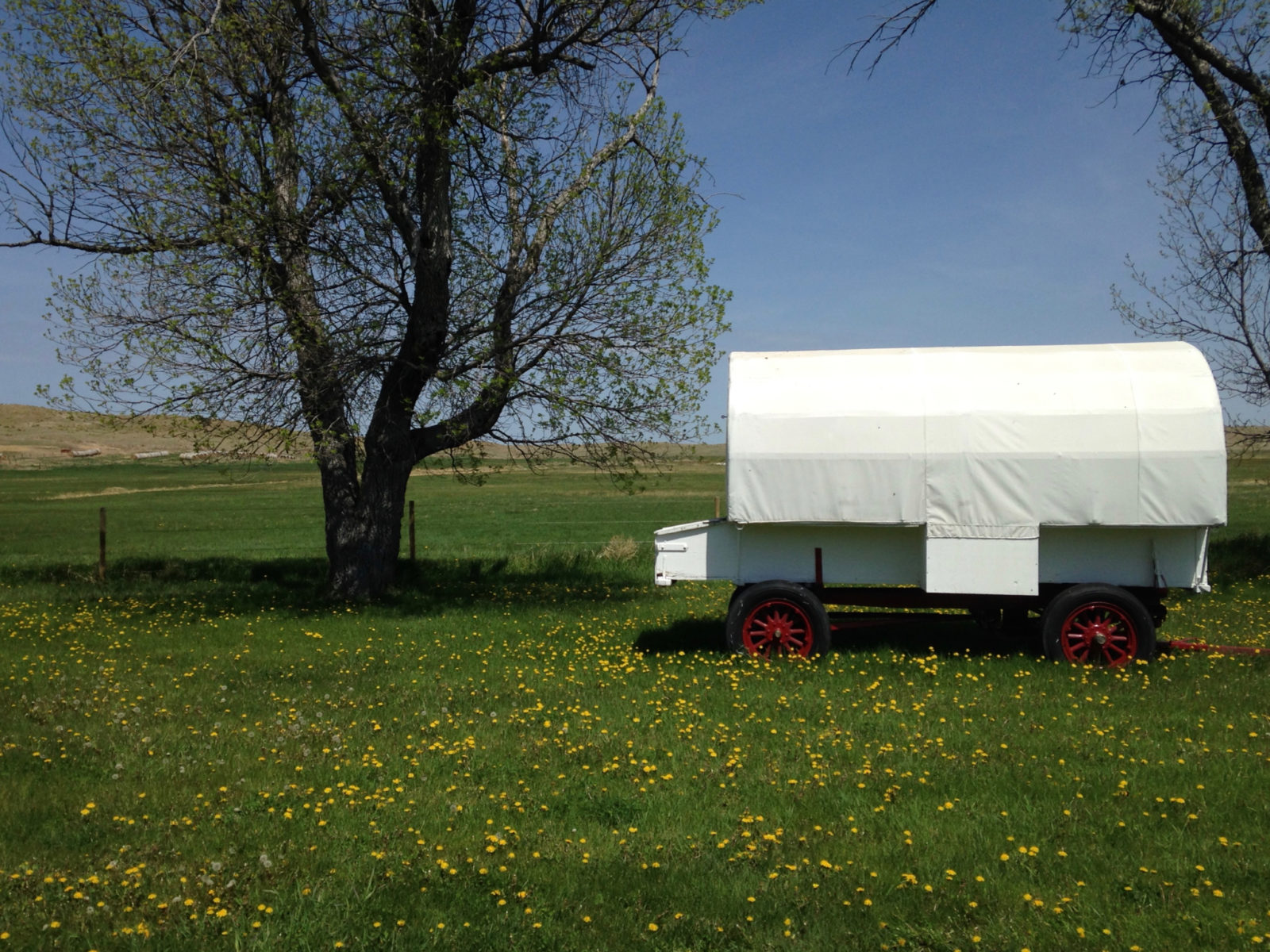
Here The Pony Express sparked the nation’s imagination, and Buffalo Bill Cody made his name. The original Transcontinental Railroad is still here, as is the first auto highway to cross the nation. In the 1940s, Nebraskans offered a good meal and a sense of home to millions of scared service men and women who rode the tracks toward their wartime destinies. There is all this and more in Nebraska, just waiting for you to get off the interstate and discover this state where cattle outnumber people.
To tempt you to explore, here’s a roundup of things to see and do in just one area of the state – the area around the town of North Platte.
Lincoln County Historical Museum
The North Platte Canteen was started shortly after America entered World War II. During the war, a troop train passed through the old North Platte station every hour, and the Canteen provided those aboard with a taste of home while they waited for locomotives to be serviced. Local boy and Union Pacific President Bill Jeffers donated an unused depot lunchroom, and prairie residents did the rest.
For five years, Nebraskans met every train that went through North Platte station with what for many GIs was their only real meal on the entire cross-country trip – more than six million GIs between 1941 and 1946. The Canteen’s history and the story of what it meant to World War II service men and women is preserved at the Lincoln County Historical Museum. The original site of the Canteen can still be seen; ask at the Museum for directions.
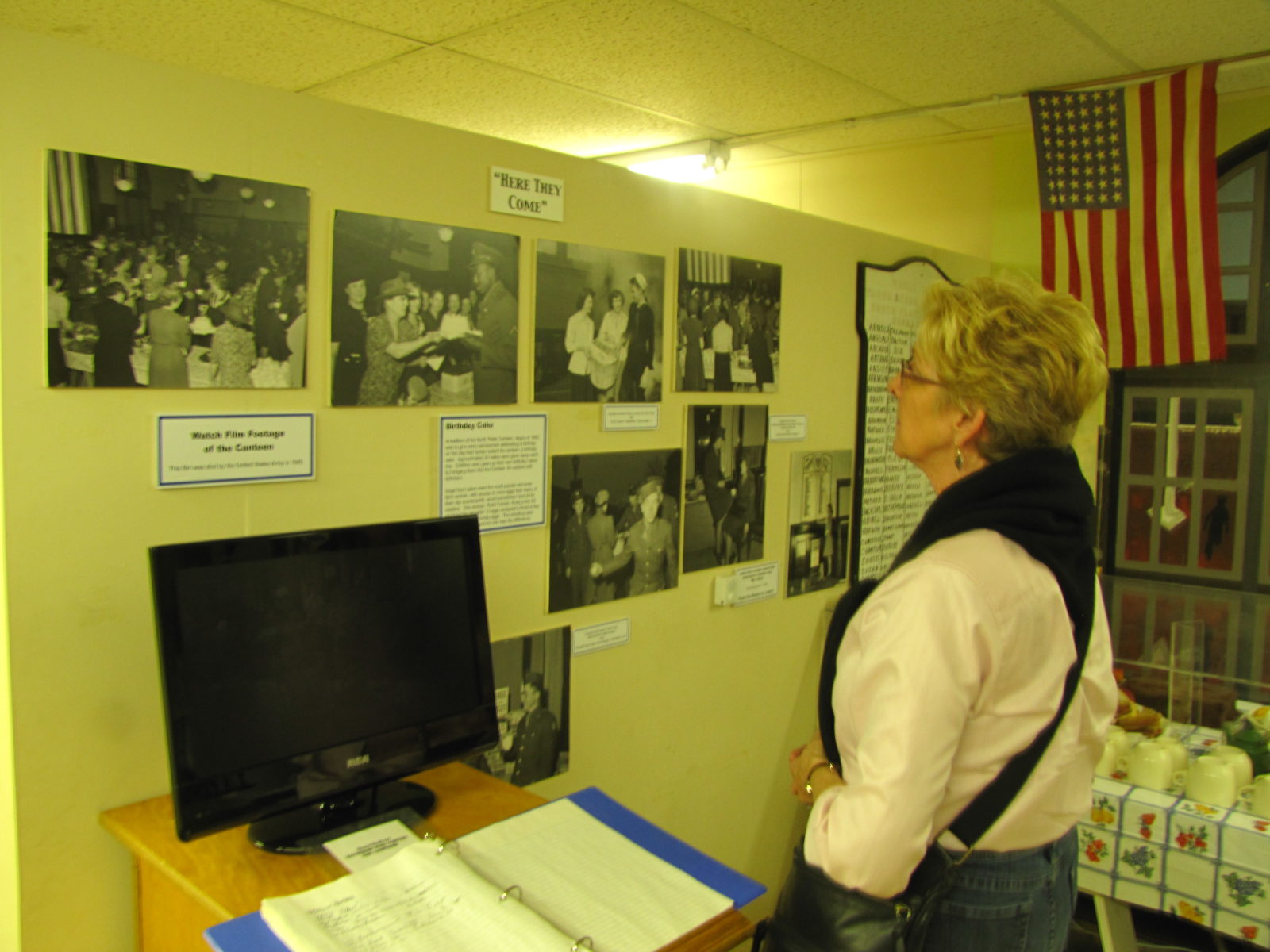
Bailey Yard Trainspotting
Imagine a railroad yard eight miles long and two miles wide with a total 315 miles of track – the largest of its kind. 138 trains hauling 14,000 rail cars rumble through each day along the route of the original Transcontinental Railroad, or are torn apart and re-formed at one of the two “hump yards.” Union Pacific Railroad’s Bailey Yard is North Platte’s largest employer and a must-visit for any ferroequinologist (or more simply put, train buff). On the Golden Spike Observation Tower’s eighth floor observation deck, retired rail worker volunteers will tell you about what’s happening below.
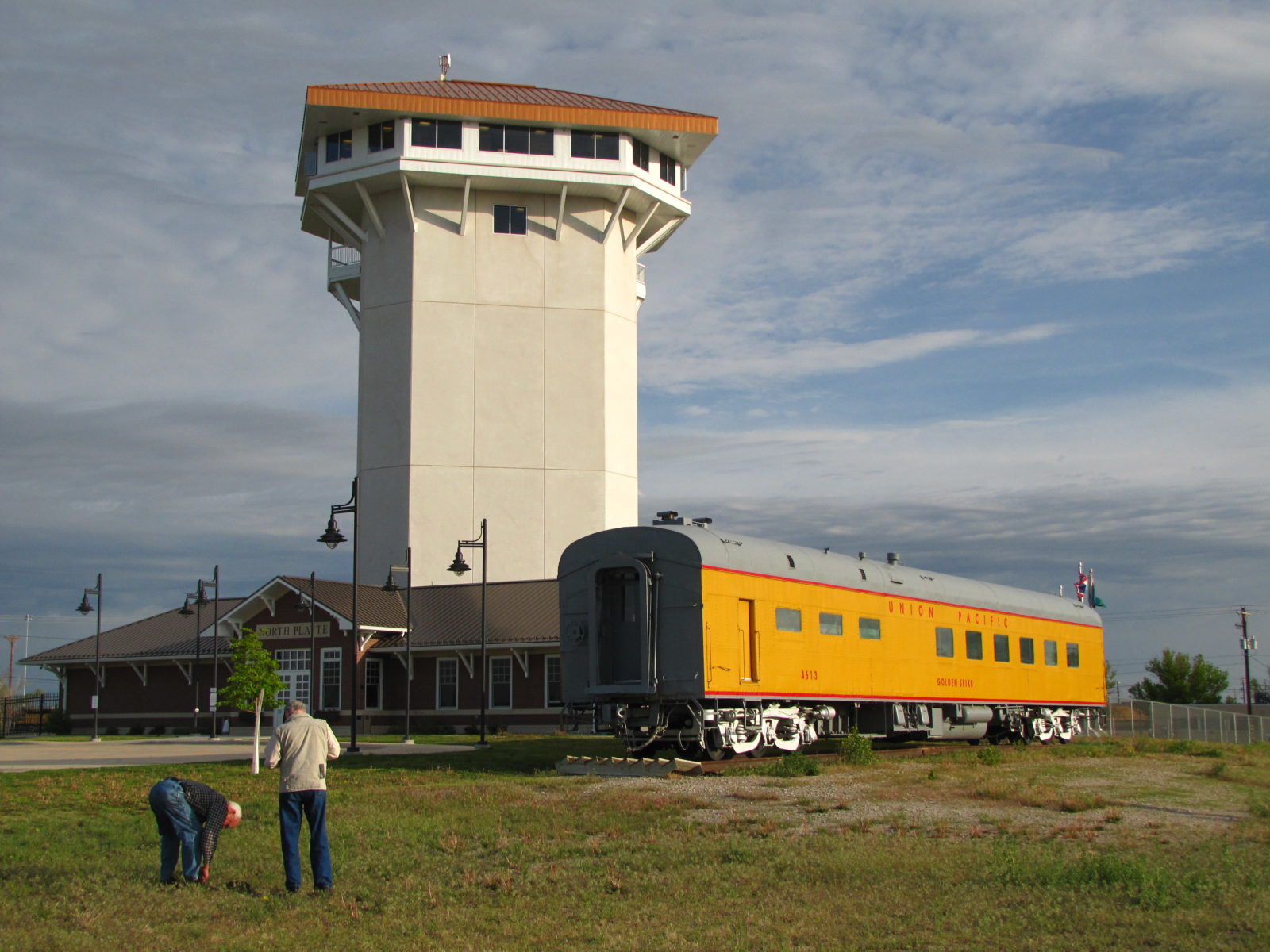
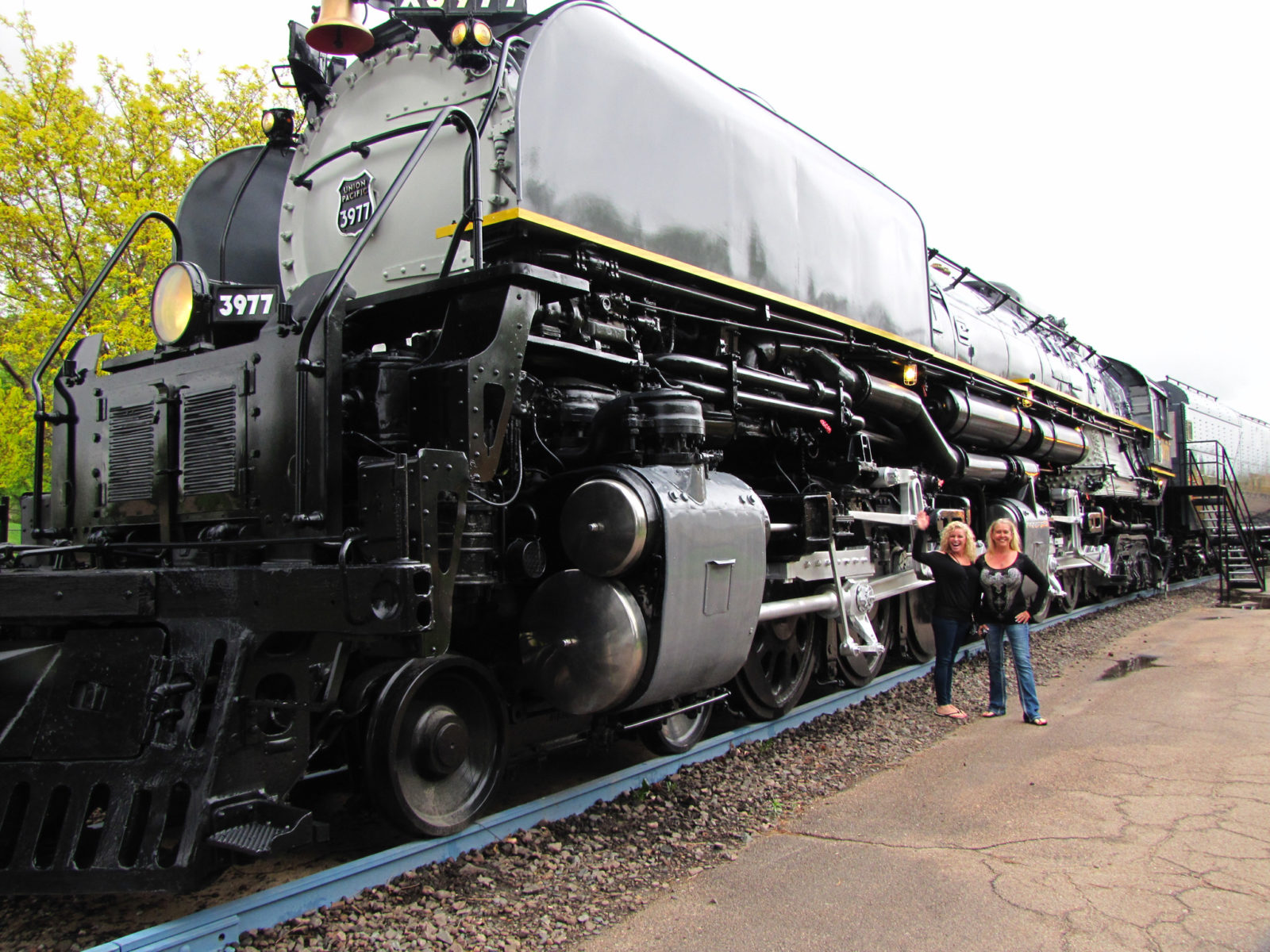
Visit North Platte during mid-September for Railfest to see steam locomotives and other heritage locomotives, and find more rail displays, including the huge Union Pacific Challenger steam locomotive above, in North Platte’s Cody Park.
Fort Cody
Fort Cody is every traveler’s dream western souvenir superstore, no matter their age.

The original Lincoln Highway runs right past the front door. Inside, you’ll find an animated 20,000-piece miniature of Buffalo Bill’s Wild West Show, donated by a husband and wife who spent 12 years creating it. You’ll also find original western gear, guns, toys, and Buffalo Bill-related paraphernalia.
Fort McPherson National Cemetery
About 10 miles southeast of North Platte is Fort McPherson National Cemetery, where more than 10,000 veterans of conflicts ranging from the Indian Wars to the Vietnam War to recent conflicts in the Middle East are laid to rest, along with eligible family members. The soldiers resting here include 500 “unknowns,” 63 “buffalo soldiers,” several Medal of Honor recipients, and a Pawnee cavalry scout.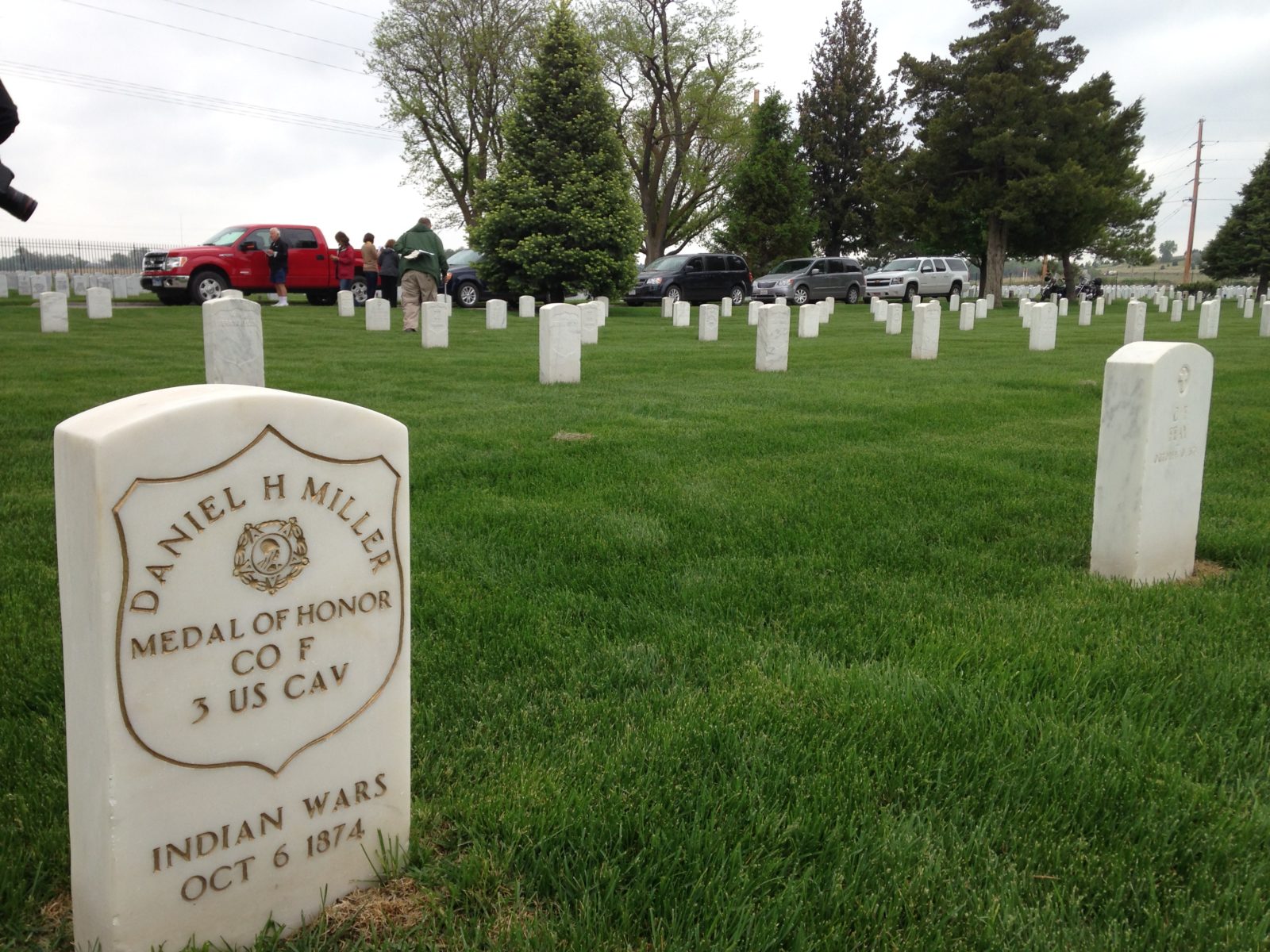
Buffalo Bill Ranch State Recreation Area
If there was ever a character who personified the Wild West, it was William F. Cody, better known today as Buffalo Bill. At the height of his popularity, when his Wild West Show and Congress of Rough Riders exhibitions toured the US and Europe, Cody built his 4,000-acre Scout’s Rest Ranch in North Platte.
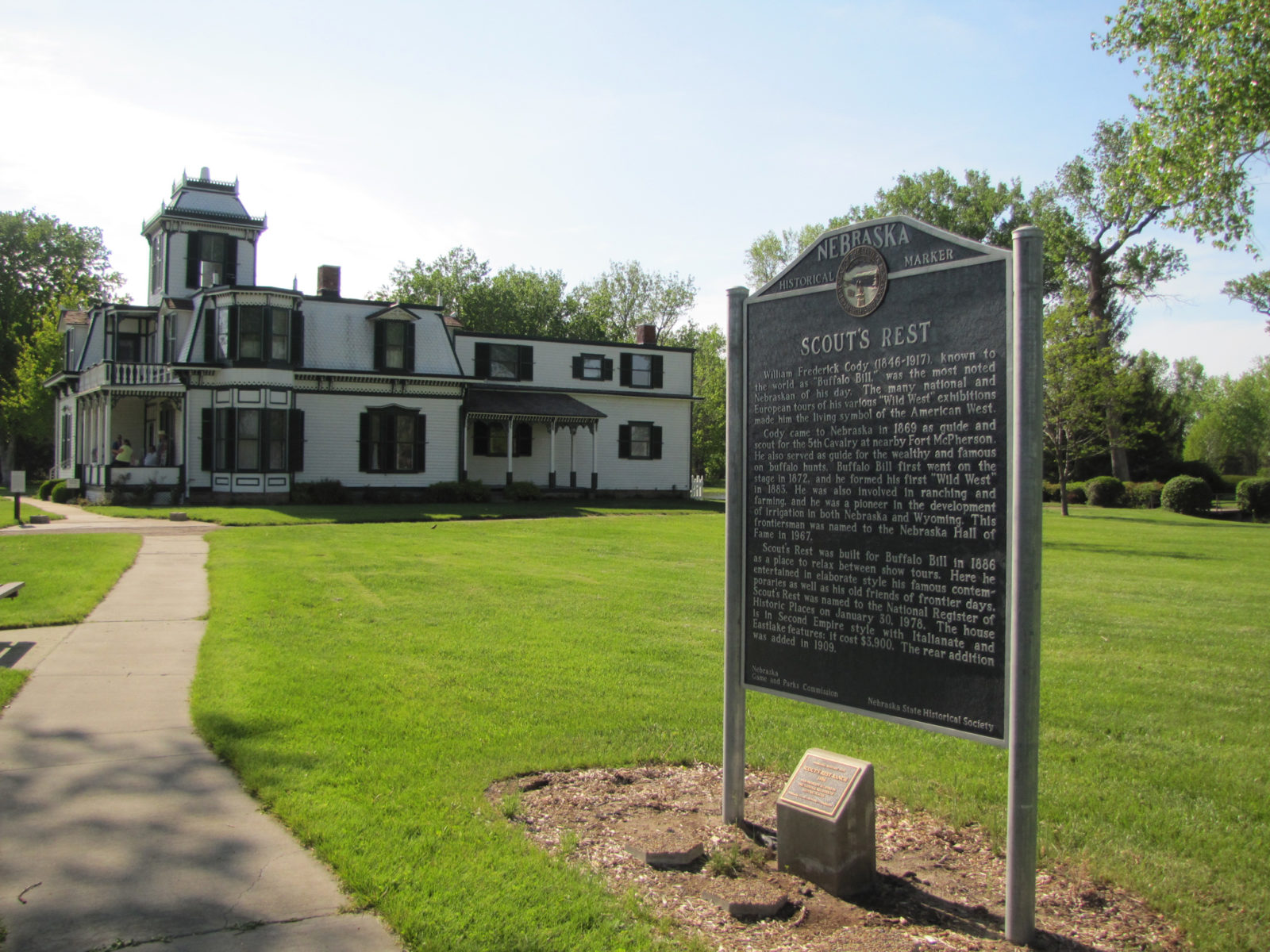
At age 14, Cody worked as a rider for The Pony Express, once galloping a record 322 miles in 21 hours, changing horses about every 12 miles. Cody went on to become an Army scout, a Civil War soldier, and a buffalo hunter who provided Transcontinental Railway construction workers and the US Army with meat.
He eventually partnered with the North brothers (who later teamed up with Barnum and Bailey to form their famous circus) to develop the Wild West Show. His first show, the Old Glory Blowout, was held in North Platte to celebrate the Fourth of July, 1882 – commonly considered to be the first ever commercial rodeo. Cody’s shows ended in 1911, and he died in 1917. Cody’s grave is found atop Lookout Mountain near Golden, Colorado.
The Ranch became a state recreation area in 1965, and his ornate house is open to tour, as is the original barn. Part of the recreation area also features a campground with 23 electric and 6 non-power sites, and no showers or dump station.
North Platte has an annual rodeo in Buffalo Bill’s honor each June. Find camping info here.
The Pony Express
The Pony Express mail service lasted only 18 months, but its legacy lives on and is celebrated 38 miles east of North Platte at Gothenburg, where an original Pony Express station still stands. Historical markers can be found outside the log structure, and guides inside tell about the service that could carry mail from St. Joe, Missouri all the way to Sacramento, California in just 10 days. Each rider carried 22 pounds of mail for 10 hour stretches between stations that were 80 to 100 miles apart, resting and changing horses at each station. The service never made money, and closed with the advent of the telegraph.

Guides at the station also provide information about the Oregon and Mormon wagon trails, which passed where the station now stands. Sadly, 1 traveller in 10 who began the Mormon Trail and 1 in 17 who embarked on the Oregon Trail never made it to the end, and it is said that every mile of the Oregon Trail has 22 unmarked graves.
Lincoln Highway
If Route 66 is the United States’ “Mother Road, Lincoln Highway is the country’s “Father Road.” This is the nation’s original transcontinental auto route, running from New York City to San Francisco. Created by automobile pioneers, many from Detroit, the Highway followed much of the old Oregon Trail, and today historical markers highlight points of interest like California Hill east of Sidney, where wagon ruts are still visible.

Kearney’s Archway Monument
East of North Platte, stop at Kearney’s Archway Monument. You can’t miss the Monument, as it spans I-80. Inside is the story of the nearby North Platte River, which the wagon trains followed west.
Cowboy Trail
Bike at least part of the state’s Cowboy Trail, a 195-mile rails-to-trails project. Part of the Trail runs over the Niobarra River in the famous Nebraska Sandhills, which of course we had to try (but no, we didn’t bike the entire 195 miles).
The End of the Road… For Now
Of course there’s more to see in Nebraska, but with that it was time for us to head north and on into the Dakotas and to Winkler, Manitoba, Canada, for the annual Leisure Travel Vans Fall Rally.
After a great rally we headed south and east through Minnesota, retracing our steps into Michigan’s Upper Peninsula and back to Lucky Us’s home base in Roscommon. With our 9,200-mile, nine-week journey behind us, it was time to rest and plan more adventures. Just watch us!


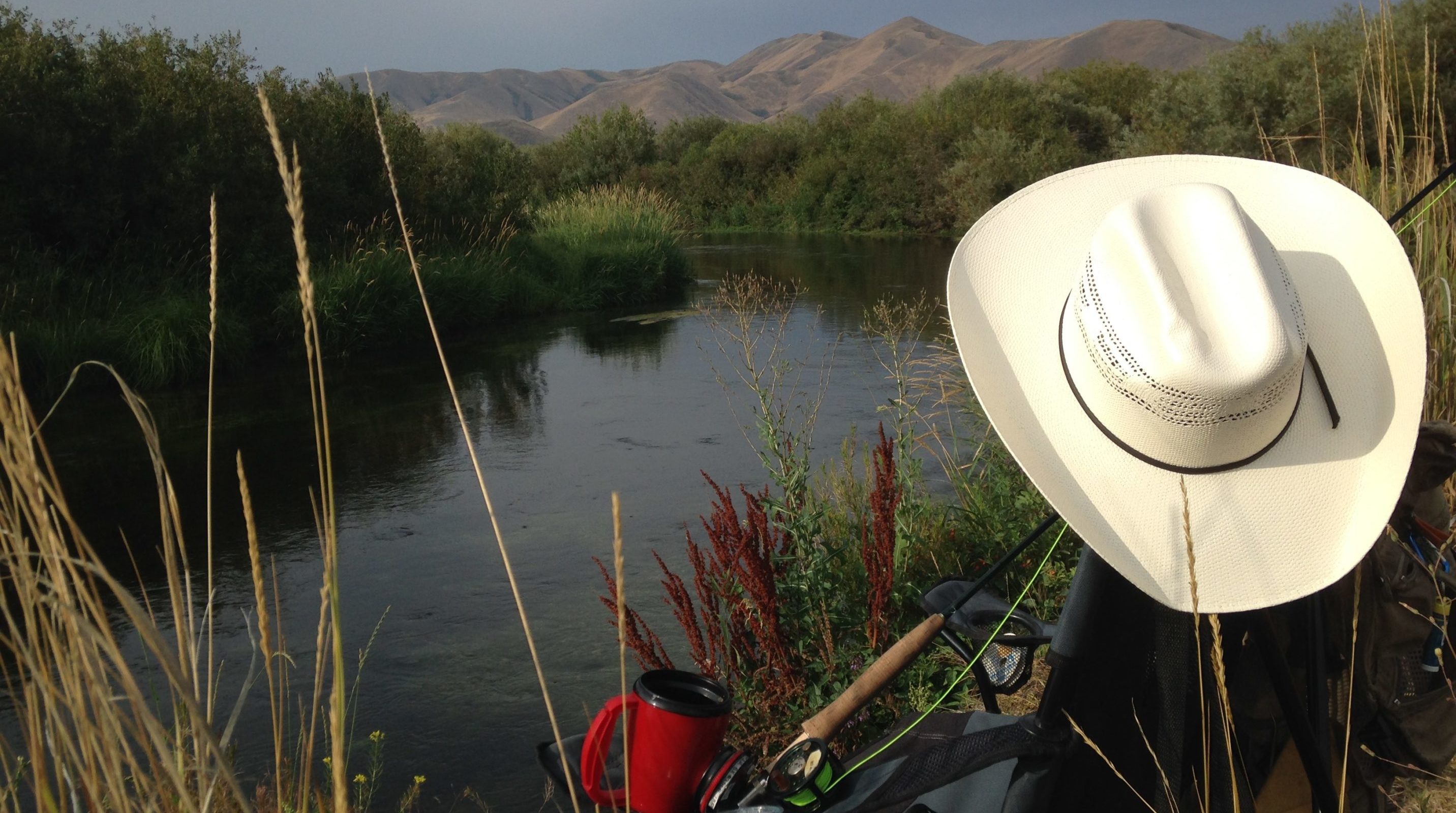
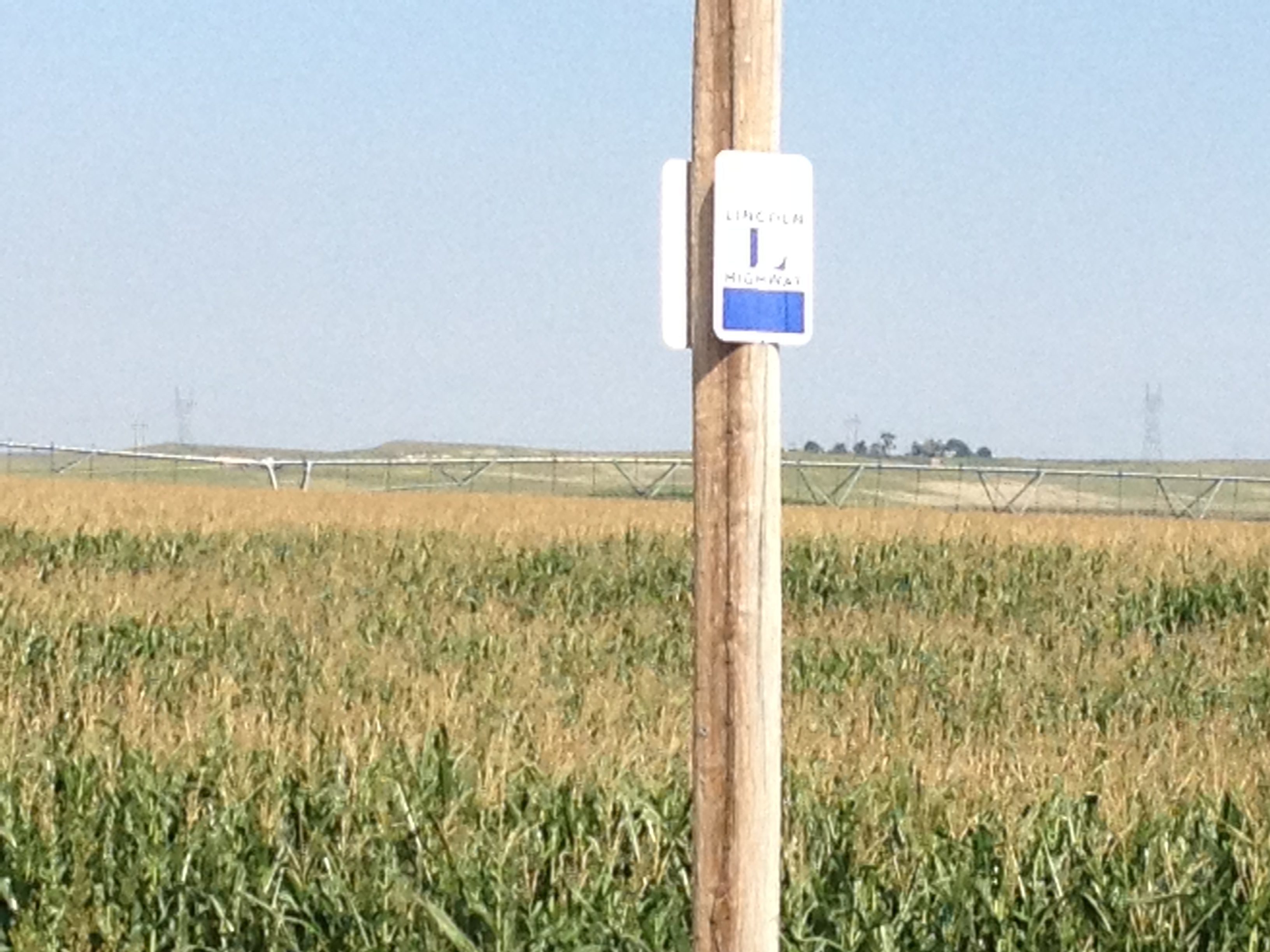
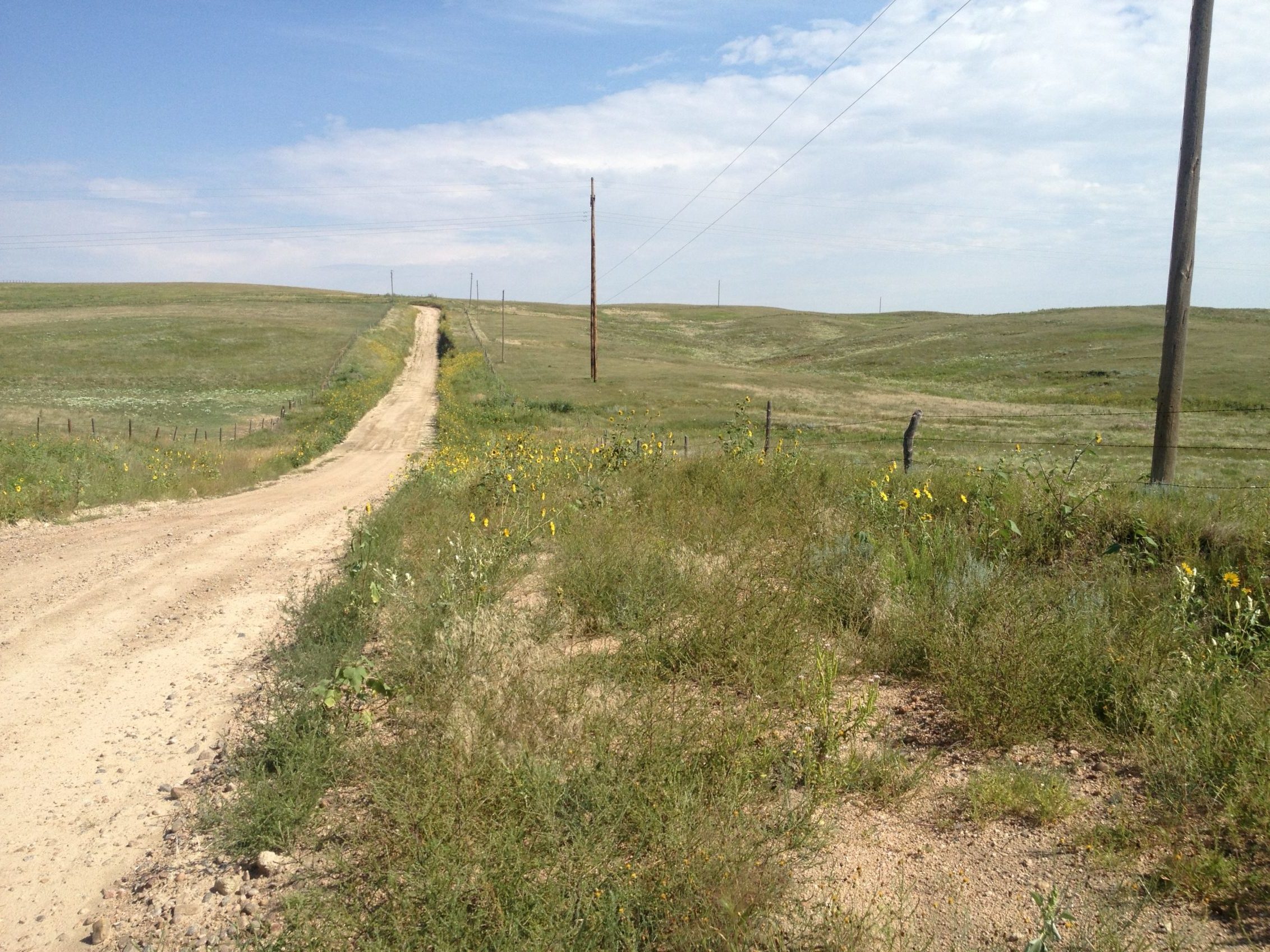
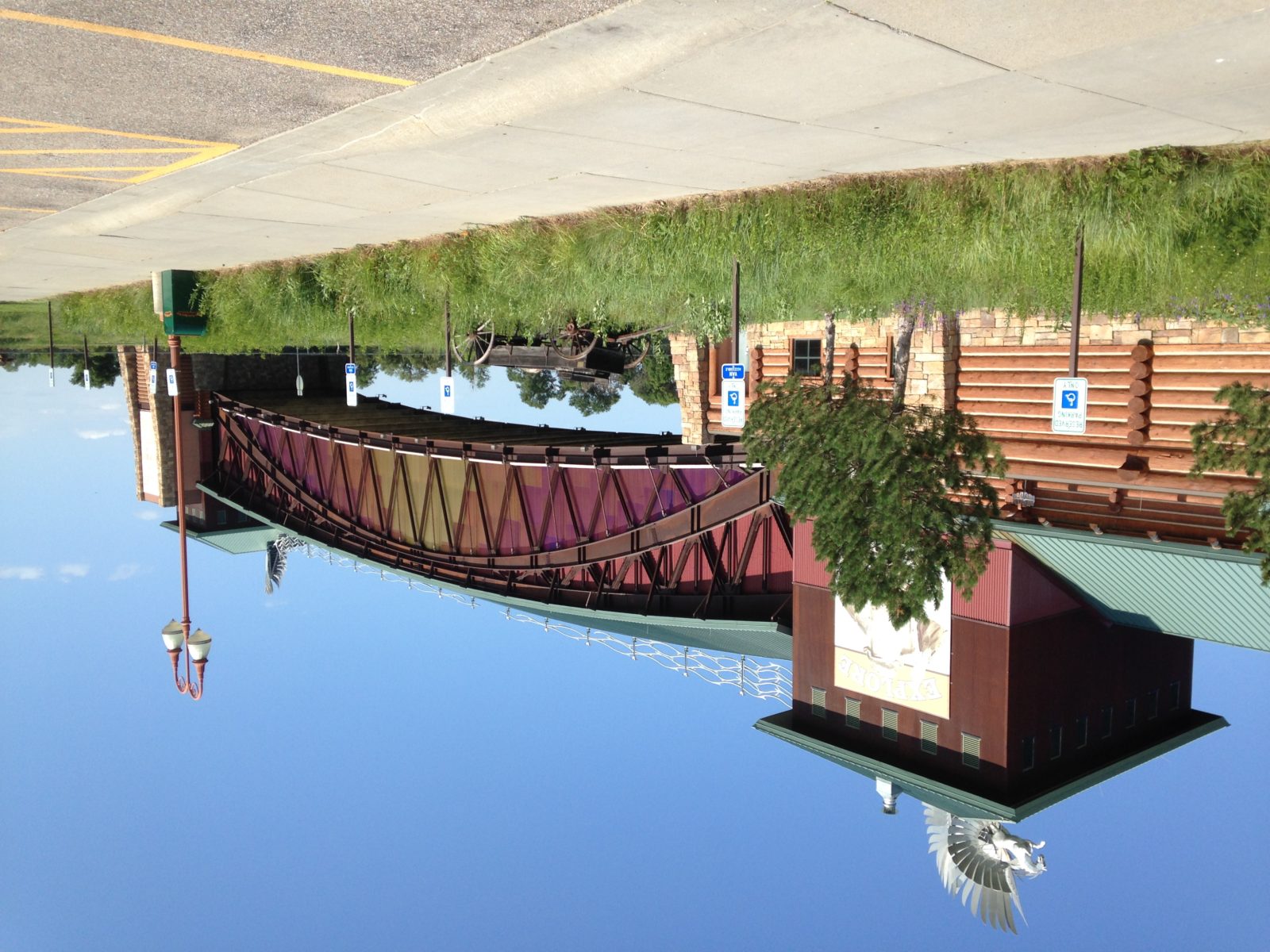
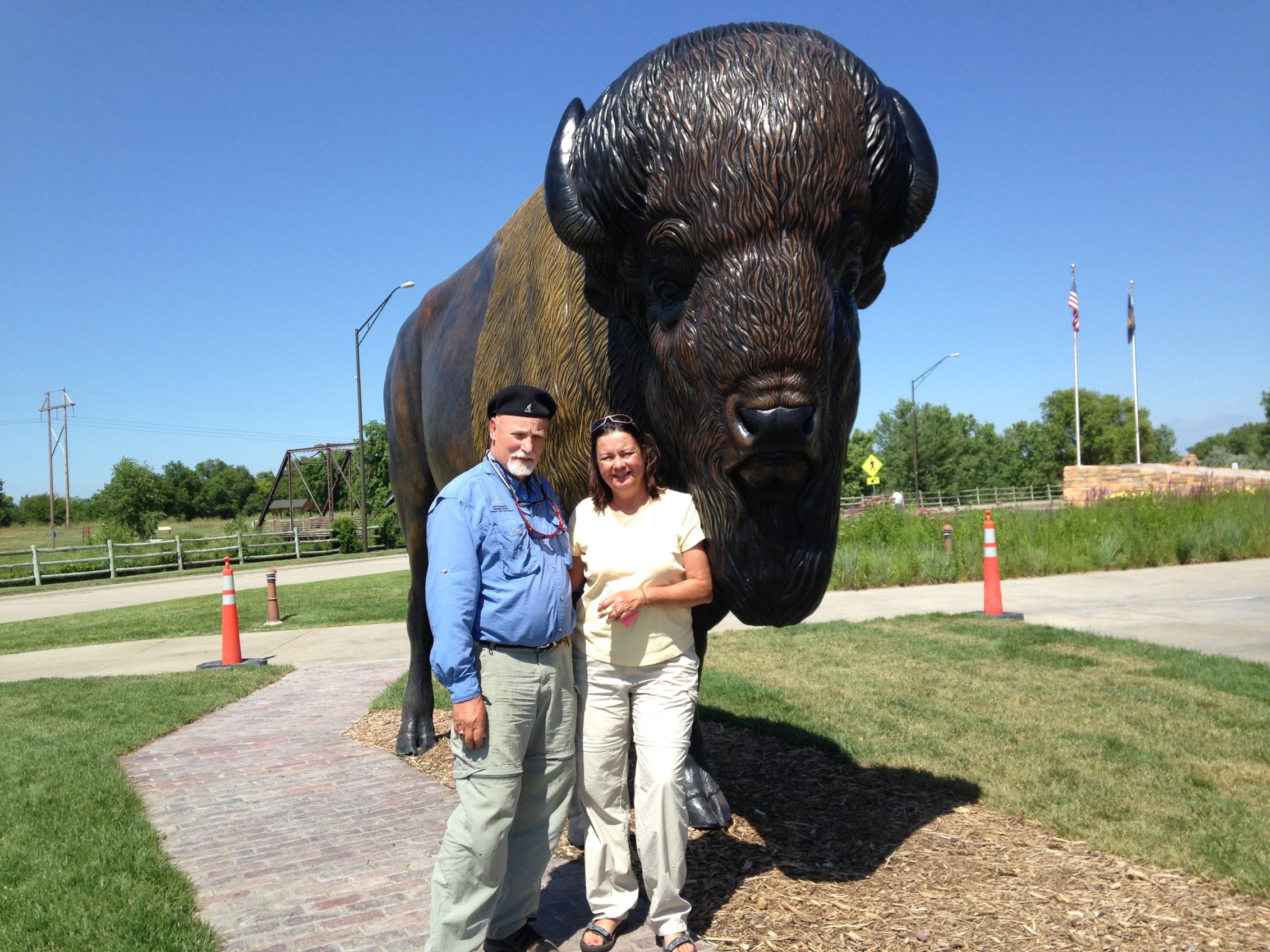




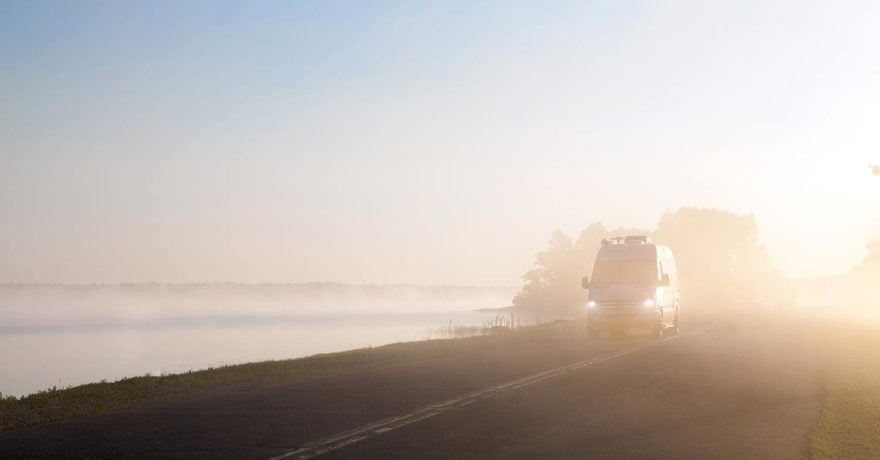
Comments